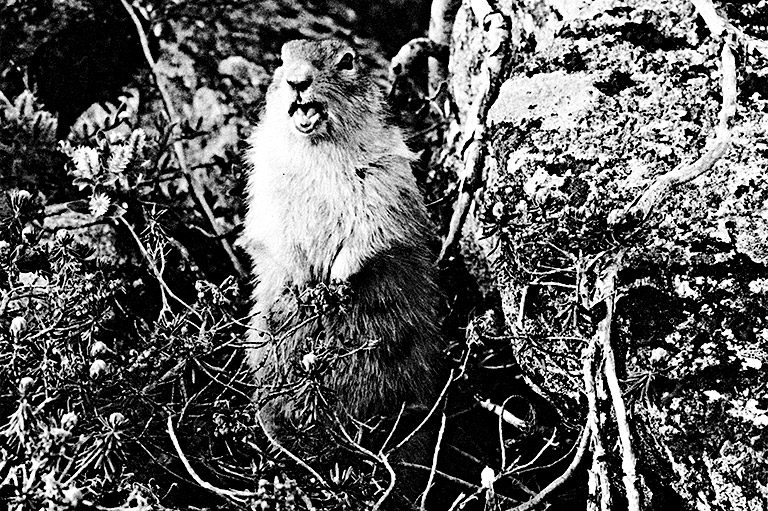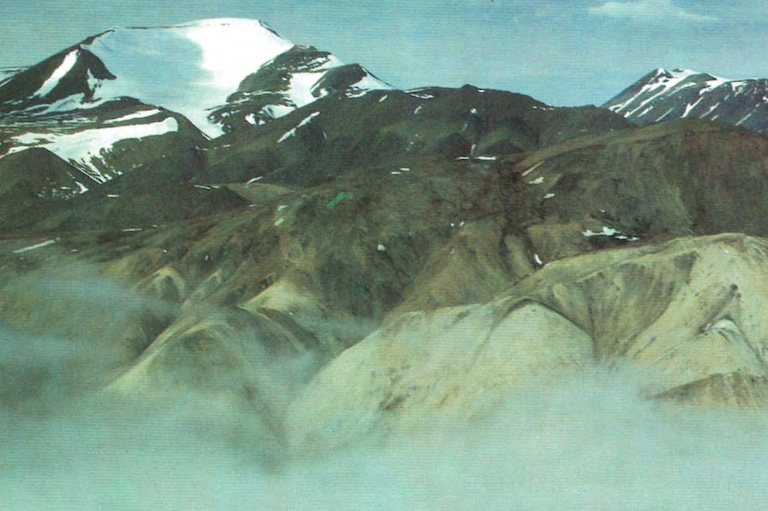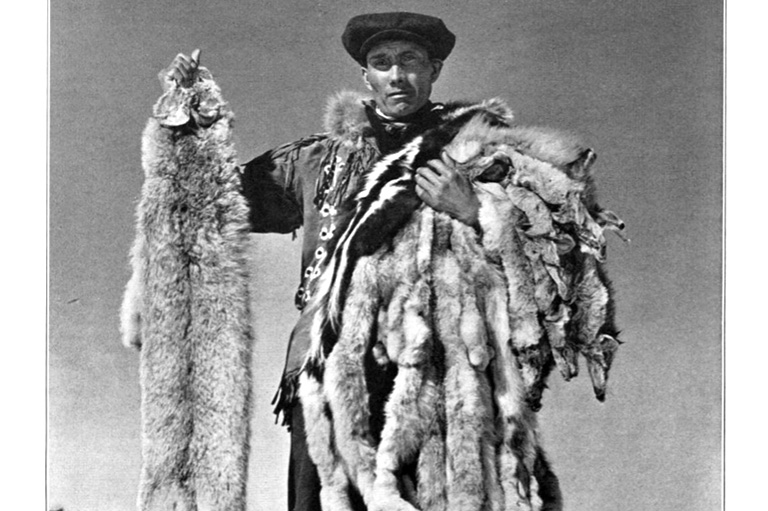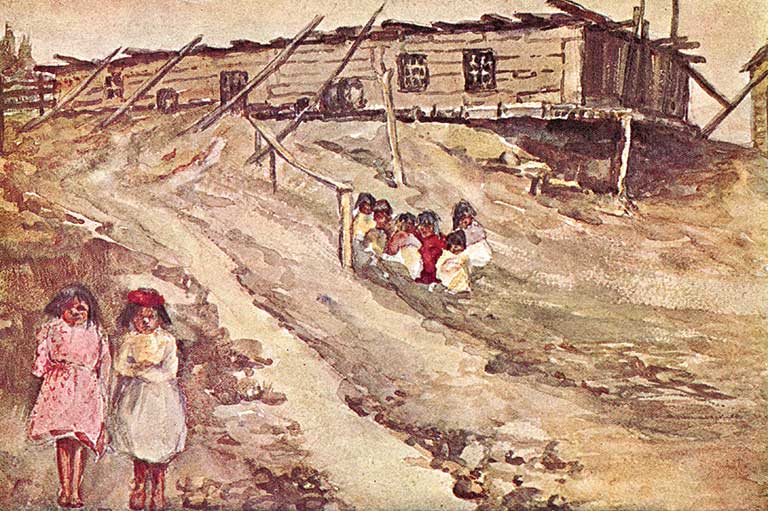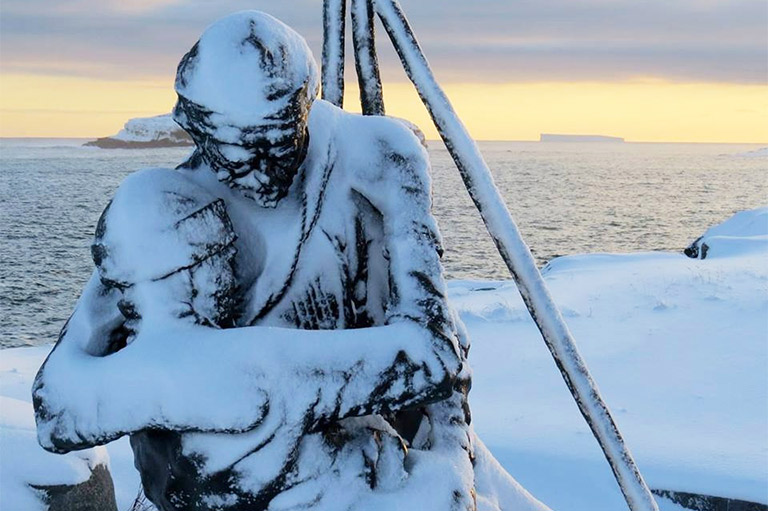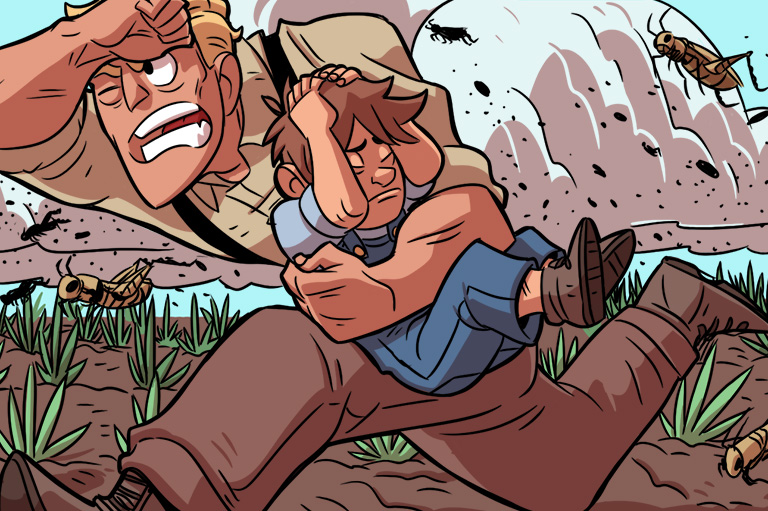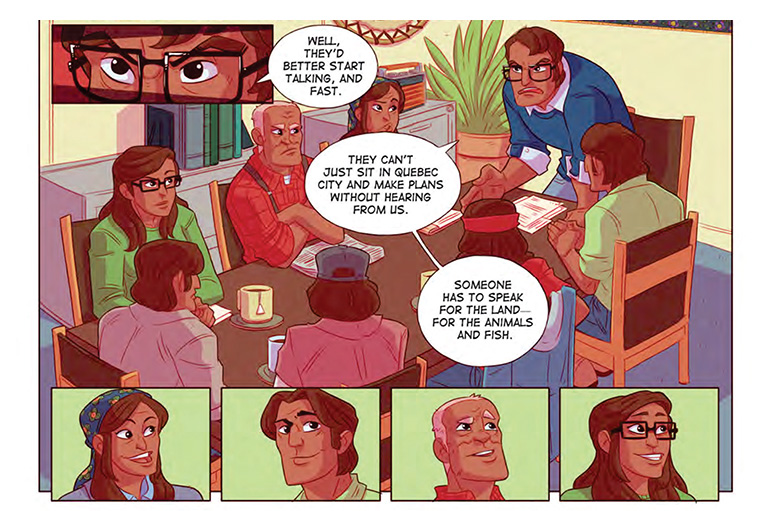Up From the Ashes
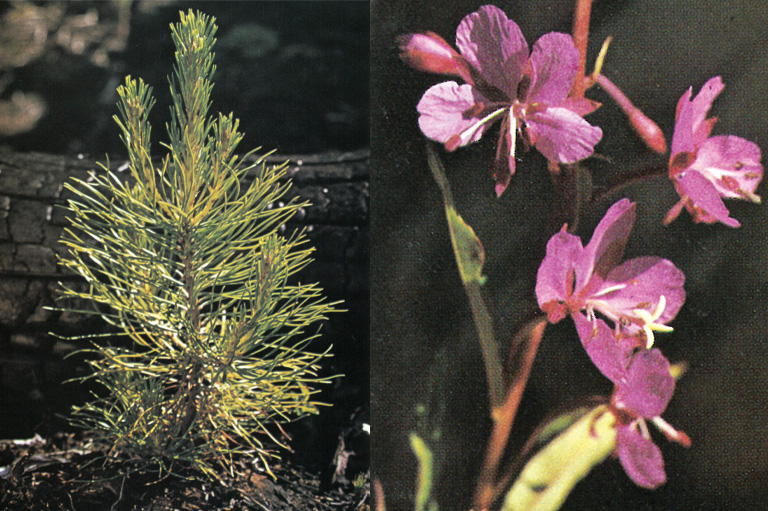
Few things in the natural world are as frighteningly destructive as a wildfire. In a forest setting, even the smallest spark can set off a conflagration, with wind-whipped flames bounding from treetop to treetop and the fire extending even a few feet underground amid tree roots.
In 1968, lightning strikes set off a blaze in British Columbia’s Kootenay National Park, destroying nearly 2,500 hectares of coniferous forest. However, the devastation also sparked inspiration for a pair of Winnipeg photographers who, over the course of a few years, travelled to the region to document both the immediate impacts of the forest fire as well as the gradual revival of the flora and fauna of the region.
In “Forest Fire,” a photo essay published in the Summer 1974 issue of The Beaver, Joyce and Len Holmes, a married couple, explained how the forest fire, while indeed disastrous, was also part of the natural cycle of the region.
“In the natural world, fire is neither good or bad,” the authors wrote. “It merely creates a new environment, which is part of nature’s cycle of life and death.” The article begins with images depicting the immediate aftermath of the fire, from stands of charred trees devoid of leaves, to a forest floor suffocated by soot and ash. However, later photographs bear witness to new life, from pink and yellow blooms of fireweed and heartleaf arnica to the appearance of wild strawberries. While signs of the 1968 blaze remain, the photographs reveal a new world emerging from the old.
“By 1970 the scene had changed,” the authors wrote.“ The desolation of 1968 was transformed... to a profusion of colour and beauty.”
With 7 uniquely curated newsletters to choose from, we have something for everyone.
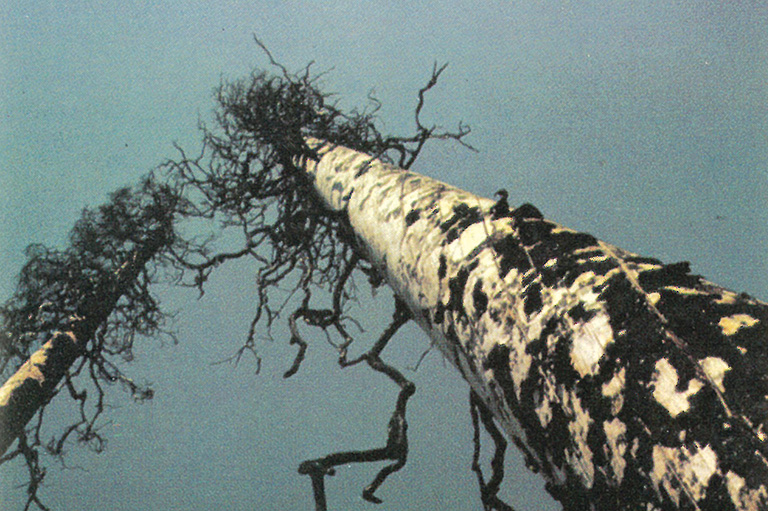
The article goes on to explain the importance of wildfires in the natural life cycle of forests. Aging stands of lodgepole pine and other trees are cleared out by the flames, making room for new shoots to grow.
And, while larger mammals and other animals suffer from the fires, their absence allows smaller mammals and other creatures, including insects, to flourish. Eventually, the larger mammals and predators will also return.
“It will take nearly 200 years for this cycle to complete itself,” they wrote. “The work of nature is well underway in the burn area, and in the years ahead its perfection will be even more apparent.”
While we celebrate Earth Month every April, it's important to remember our impact on nature and the environment every day. The First Nations, Inuit and Metis of Canada understood the importance of living in harmony with nature, and shared that knowledge with new arrivals as early as the 15th century.
If you believe that stories of climate and nature, and their impacts on early Canadians, should be more widely known, help us do more. Your donation of $10, $25, or whatever amount you like, will allow Canada’s History to share Indigenous stories with readers of all ages, ensuring the widest possible audience can access these stories for free.
Any amount helps, or better yet, start a monthly donation today. Your support makes all the difference. Thank you!
Themes associated with this article
Advertisement
You might also like...

Canada’s History Archive, featuring The Beaver, is now available for your browsing and searching pleasure!

